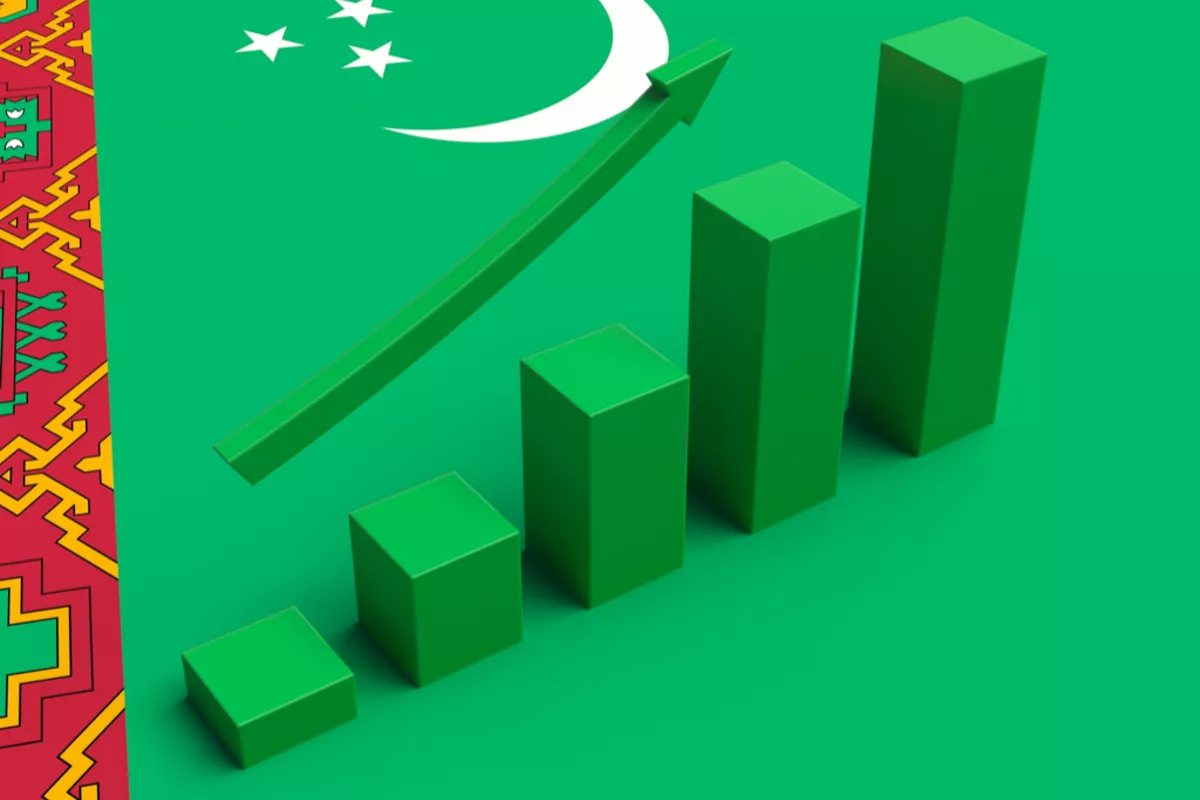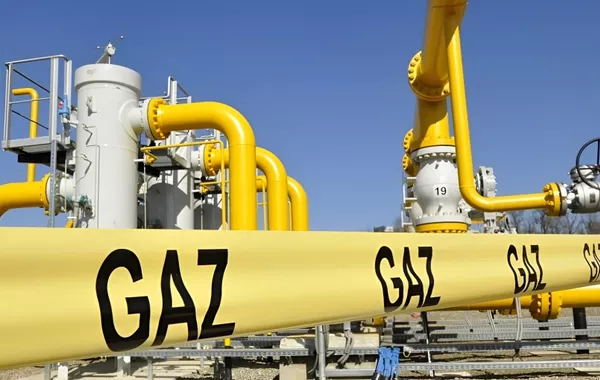
Photo: Shutterstock
Deputy Chairman of the Cabinet of Ministers, Khodjamyrat Geldimyradov, presented Turkmenistan’s preliminary macroeconomic results for January-October 2025 and unveiled the draft State Budget for 2026 at a government meeting chaired by President Serdar Berdimuhamedov.
Turkmenistan’s GDP rose by 6.3 percent during the first ten months of 2025, The Caspian Post reports, citing Trend.
Sectoral growth was notable, with industry increasing by 1.7 percent, construction by 8.1 percent, transport and communications by 10.4 percent, trade by 9.7 percent, agriculture by 5.2 percent, and services by 8.3 percent. Overall output expanded by 10.1 percent compared to the same period in 2024.
Retail turnover grew by 13 percent, while foreign trade turnover increased by 9.2 percent year-on-year. The State Budget is expected to fully achieve revenue targets, with expenditures at 96.3 percent. Wages at large and medium-sized enterprises rose by 11.9 percent, with all salaries, pensions, benefits, and scholarships disbursed on schedule. Capital investment grew by 3.7 percent from the previous year.
President Berdimuhamedov emphasized the critical role of the financial, economic, and banking sectors in ensuring sustainable development and instructed officials to further improve performance.
The draft State Budget for 2026, prepared under the Program of the President of Turkmenistan for Socioeconomic Development 2022-2028, outlines priorities for national and regional development, funding for key industries, the cities of Ashgabat and Arkadag, and investment programs. President Berdimuhamedov highlighted that the new fiscal strategy focuses on productive capital allocation across diverse sectors to maintain balanced growth and macroeconomic stability.
Turkmenistan’s 2022-2028 socio-economic development program, part of a 30-year strategy, emphasizes boosting production capacity, digitalization, economic diversification away from oil and gas, food security, green economy principles, infrastructure development, foreign trade growth, job creation, and private sector strengthening. Expanding regional transport hubs and integrating into the global economy through international cooperation and investment are also key priorities.
Share on social media
